Top Story
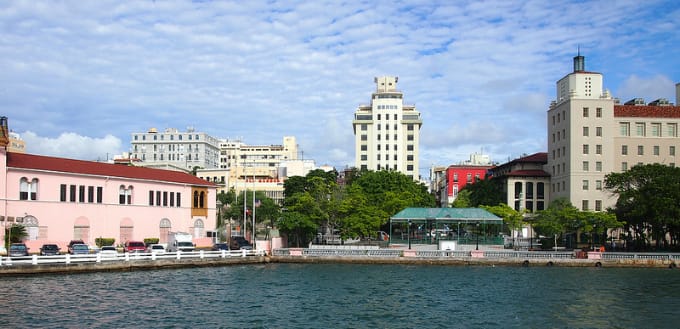
Leaders from the cities of Austin, Hartford, Louisville, and Tacoma traveled to Puerto Rico in early December to study San Juan, the oldest city in the United States, finding both inspiration and cautionary tales to help them address their cities’ land-use challenges as part of ULI’s Rose Center for Public Leadership’s Daniel Rose Fellowship program.
The fellows, including Hartford Mayor Pedro Segarra and Louisville Mayor Greg Fischer, crisscrossed San Juan by foot, train, bus and boat to study examples of challenging historic preservation projects, rail transit and transit-oriented development, innovative approaches to addressing environmental stewardship and informal settlements, the intersection of cultural tourism and economic development, and the effect of divisive local politics on planning and development.
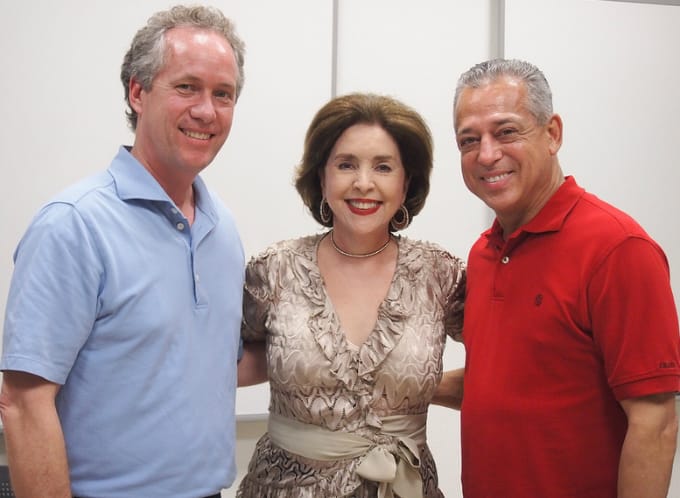
The visit marked the third annual study tour hosted by the Rose Fellowship program, which offers advice and support to the mayors of four large U.S. cities about local development challenges over the course of one year. Previous trips were to Toronto and to Liverpool and Manchester in England.
Tour sites were chosen for their relevance to the challenges being tackled by the fellows back home. The fellows also spoke with prominent Puerto Ricans, such as former Gov. Sila Mariá Calderón Serra, who has also served as San Juan’s mayor, and former Transportation and Public Works Secretary Carlos Pasquera. They also met with private sector leaders, including Chamber of Commerce President Pablo Figueroa and members of the territory’s association of architects. Federico Sánchez, the president and chief executive of the developer Interlink Group, and architect Ricardo Avarez Díaz were among the local ULI members who led the tours.
Below, some of the fellows reflect on the lessons they took home from Puerto Rico:
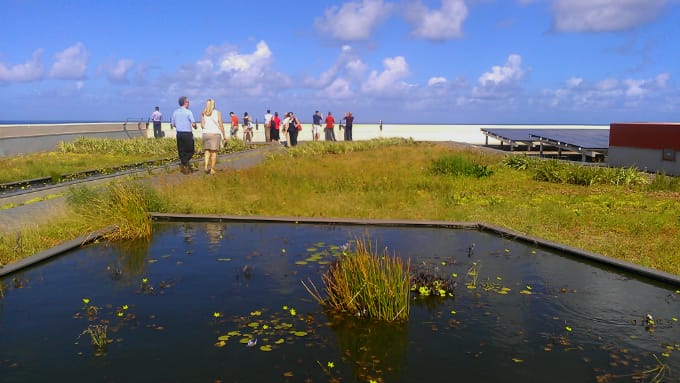
“Being able to see how historic restoration and ‘green’ technologies were combined was something that should be directly relevant to possible initiatives in Louisville.”
– Patrick Piuma, director of the University of Louisville Urban Design Studio in Kentucky
Projects to preserve a centuries-old church and a 19th-century military barracks offered insight to the fellows from Louisville, which is home to the nation’s largest Victorian-era preservation district. The fellows climbed the scaffolding to observe the work being done on the Spanish Gothic Iglesia de San José church, which was built nearly 500 years ago, then traveled to the Cuartel de Ballajá, a former barracks that has been preserved and redeveloped. The barracks were constructed by the Spanish army between 1854 and 1864, but they now house several education and cultural organizations. A green roof, solar panels and artificial wetlands were among the upgrades made to support environmental sustainability.

“Learning a new city was incredibly valuable, as was seeing some great examples of well-planned and poorly planned public spaces, and how they can have such obviously positive and negative consequences, respectively. It really served to underscore the importance of sustained public leadership, as well, in order to secure sustainable long-term outcomes.”
– Ric Ilgenfritz, executive director of planning, environment and project development for Sound Transit in Seattle
In the Condado District, the fellows toured two recently restored historic hotels, the colonial Condado Vanderbilt Hotel and the mid-century modern La Concha Beach Resort and Hotel. Originally a streetcar suburb, the Condado is now a walkable, tree-lined neighborhood of luxury housing and resorts overlooking a public beach. The renovation and expansion of the waterfront and the hotels were stimulated in part by city investment in Ventana al Mar, a new public plaza.
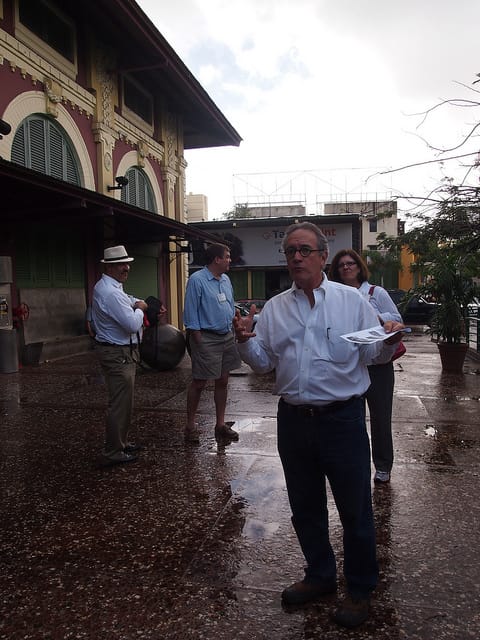
“I think the Mercado visit showed the importance of small projects to a community. I think it was the best bang for the buck of any projects we saw.”
– Mike Slevin, environmental services director for Tacoma, Washington
The Santurce District, another former streetcar suburb, became the city’s central business district after businesses left crowded Old San Juan. In the 1960s, the businesses again pulled up stakes, this time heading to Hato Rey to the south. The creation of an arts district has been one part of the strategy for revitalizing Santurce, with a growing district of galleries and museums. The Museo de Artes de Puerto Rico was opened in 1996 in a former municipal building to house a significant permanent collection of Puerto Rican and Caribbean art.
The fellows also visited the Plaza del Mercardo de Santurce, a historic market hall renovated in 2000 that has also become a hub for nightlife in the surrounding square. This smaller-scale project has helped transform the area’s image and attract visitors at all hours of the day.

“It was amazing to see the sophistication of the public engagement process they used in Caño San Martin Peña. I only hope they’re able to leverage the public investment needed to make it a more sustainable community.”
– Ric Ilgenfritz
One of the most innovative and challenging projects visited by the fellows was a 20-year government effort to assist eight neighborhoods along Caño San Martin Peña. The 3.5-mile tidal channel is home to some 25,000 residents, many without formal title to the land. In response to widespread poverty and environmental degradation, the government undertook a community planning process from 2002 to 2004, resulting in a $744 million Comprehensive Development and Land Use Plan and the creation of a land trust to oversee environmental and infrastructure improvements, to relocate residents when necessary, and to resolve tenure issues. The community will largely be able to stay in the neighborhoods and will hold title through a communal land trust structure.
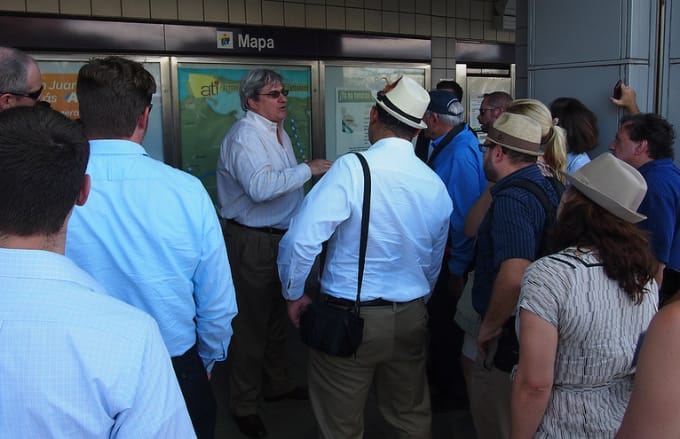
“The political aspect of pulling Tren Urbano together — or in some cases not fully realizing the project — was very insightful as we think about potential transit development in Louisville.”
– Patrick Piuma
Tren Urbano is San Juan’s 11-mile, 16-station, heavy-rail transit line, which opened in 2004 as the first phase of a planned rail-transit network. The project was managed by Carlos Pasquera when he was the transportation secretary, and it received funding from the Federal Transit Administration. Planners were able to create many joint development parcels in the land acquisition but have had mixed success attracting private development partners.
After riding on the Tren Urbano, the fellows visited with Interlink Group’s Sanchez, who recapped the history of the Convention Center area — a former mangrove at the western tip of Isla Grande, where a couple of bottle-necked bridges connect Santurce to Old San Juan — from the rooftop of his Sheraton Puerto Rico Convention Center Hotel and Casino, the only new-construction LEED-certified hotel in the Caribbean.
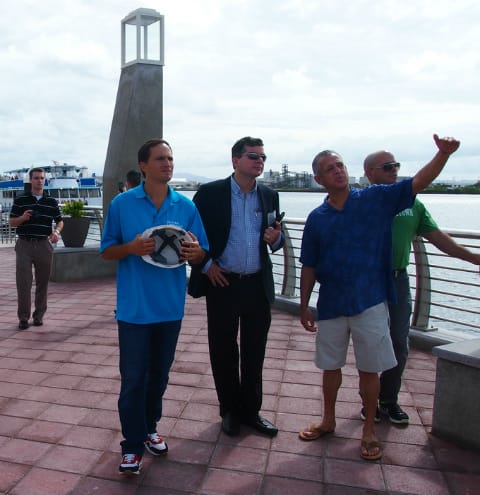
“The challenge in San Juan seemed to be focusing the development in the right spot. Several of the projects were great but did not complement each other well. The need for coordinated master planning for the long term, including infrastructure, is paramount.”
– Mike Slevin
The fellows ended their visit with a boat tour along Bahía Urbana, a project to redevelop 100 acres of underutilized land in an old port. The project, which is being overseen by the Puerto Rico Department of Economic Development, aims to create commercial, residential, hospitality and civic spaces linked by a walkway and park system and a light-rail connection to Tren Urbano. Carlos Amy of the Economic Development Department led a tour on the ground, and the fellows peppered him with questions about whether the project’s scale was appropriate given the historic buildings behind it, whether the timing of market absorption would hurt projects in other districts, and if the light-rail extension would be completed given the deeply partisan politics.
The San Juan study tour was led by Rose Center Advisory Board member Antonio Fiol Silva, a principal at Wallace Roberts and Todd in Philadelphia. Fiol was a designer of Tren Urbano under Pasquera and the city’s planning director under Calderón. He was born in Puerto Rico, as was Mayor Segarra, who made local headlines with his return visit.